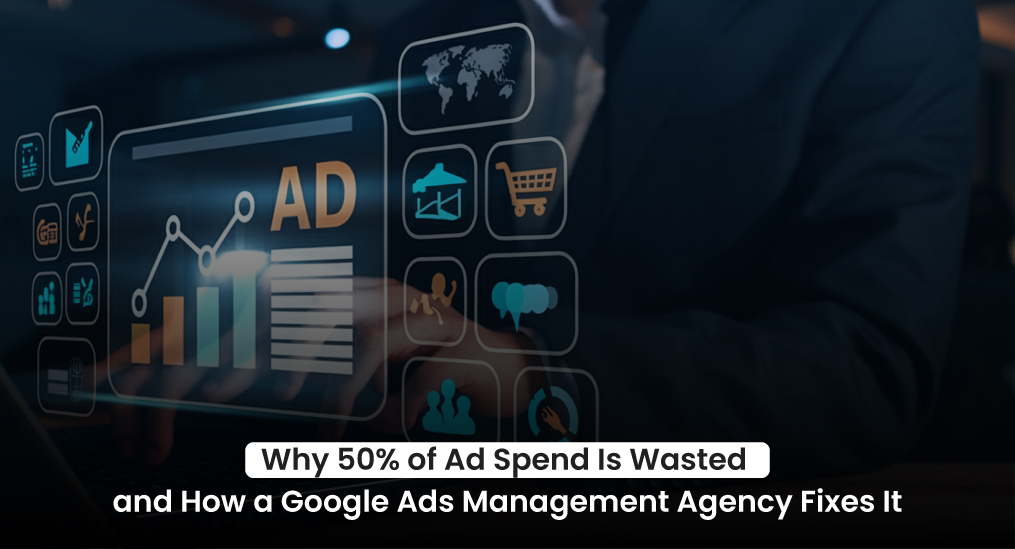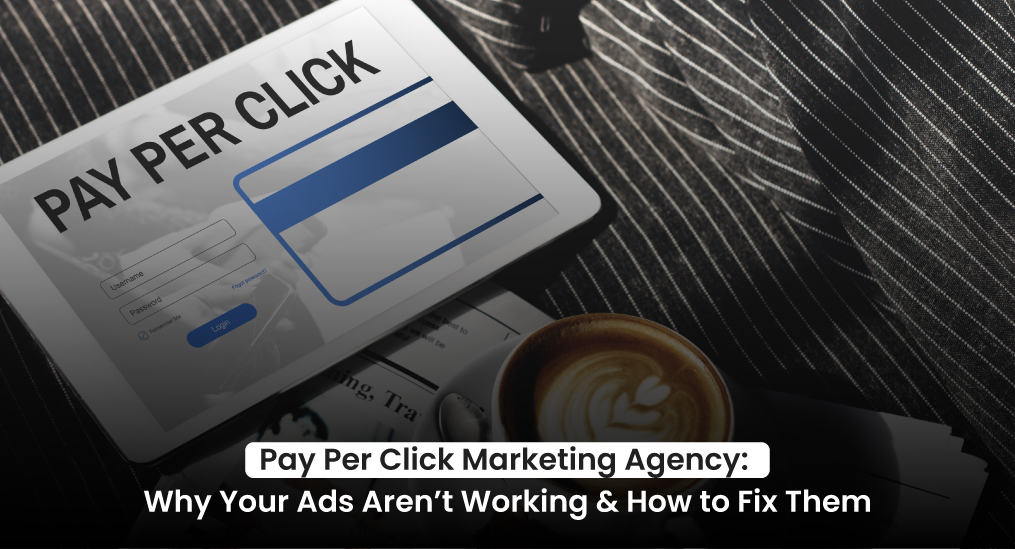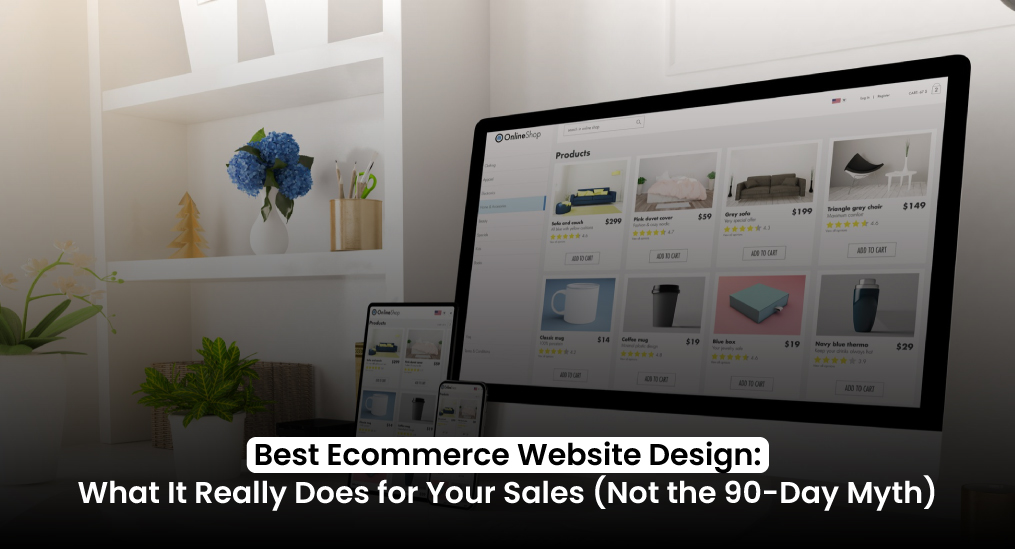Every business owner who starts thinking about a logo has that moment. The Nike swoosh flashes into their mind.
A single curved line. Recognizable everywhere. Worth billions.
And then the doubt creeps in:
If Nike’s logo is that simple, shouldn’t mine be just as powerful?
What if my logo never has that kind of impact?
Why the Nike Swoosh Would Fail If Launched Today
This is what we call the “Nike Pressure” problem. You start comparing your fresh idea against one of the most iconic brand marks in history. But here’s the truth: if the swoosh launched today, in 2025, it wouldn’t instantly become the cultural giant we know. Instead of chasing the next swoosh, focus on what actually makes a logo work for your business. The goal is a creative logo for brand success, not a replica of someone else’s symbol.
To prove it, let’s break down eight reasons why the Nike logo wouldn’t work if it were launched today and why you need to stop comparing your own logo to it.
8 Reasons the Nike Logo Doesn’t Translate to 2025

1. The Overcrowded Logo Market
In 1971, when the swoosh first appeared, the sportswear market was wide open. Adidas was dominant, but there weren’t hundreds of sneaker brands fighting for attention. A simple design could stand out.
Fast-forward to 2025: the world is flooded with logos. From global giants to micro-brands on Instagram, everyone has a clean, minimal mark. Launching a swoosh today would risk being swallowed by the noise.
If you’re launching a new brand now, your logo isn’t competing with one or two big names. It’s competing with thousands of visuals flashing across TikTok, Instagram ads, and Shopify storefronts.
2. A Logo Can’t Carry the Brand Alone
Here’s the mistake many business owners make: they expect a logo to tell their whole story. They want it to convince customers on its own.
But logos don’t work that way. When people see the swoosh today, they don’t just see a line. They see decades of championship athletes, global marketing campaigns, and product innovations.
Back in the beginning, the swoosh was just a shape. Nobody stopped in a store and said, “I’ll buy this shoe because of that symbol.” It took billions in marketing to make it matter. In other words just having the creative logo for brand success isn’t enough, what’s required is how that symbol grows meaning through story, visibility, and customer connection.
If the Nike logo launched in 2025, without that machine behind it, it would just sit quietly like any other nice-looking design.
3. Viral Attention Doesn’t Equal Staying Power
In 2025, a new logo might go viral on Twitter or TikTok for being clever or “aesthetic.” But virality doesn’t equal longevity. The swoosh grew slowly. Nike didn’t get famous because the logo trended for 24 hours.
Brands now face a brutal reality: attention spans are shorter, and what’s hot today is forgotten tomorrow. If you pinned your hopes on instant logo recognition, you’d be disappointed.
The real staying power comes from consistently showing up with great products and connecting emotionally with customers, not from a logo trending for a week.
4. Customers Care Less About Logos Than Founders

When you’re building a brand, the logo can feel like the heart of your identity. You spend hours debating shapes, colors, and fonts. But for customers, the logo doesn’t sit at the center of their experience. It fades into the background of their decision-making.
What actually matters to them is simple:
- Does the product solve their problem?
- Do they feel good using it?
- Do they connect with the story behind the company?
That’s how the swoosh eventually gained its strength. People saw it on athletes they admired. Nike ran campaigns that put it in front of the world. Over time, buyers began to link that small mark with ideas of performance, speed, and victory.
If a swoosh-shaped mark showed up in 2025, it wouldn’t automatically carry those meanings. They would still need to be built through years of exposure, storytelling, and real-world association.
So if you’re worrying about whether your logo feels “legendary enough,” remember this: customers don’t stay up at night analyzing your design. They care about what your brand gives them in return for their time, money, and trust.
5. Minimalism Isn’t Unique Anymore
When the swoosh first appeared, it felt bold and different. It was simple in a way that most other logos at the time weren’t.
But today, clean and minimal designs are everywhere. In fact, the digital space is so cluttered with competing visuals that simplicity on its own rarely feels unique anymore. At the same time, simplicity does still have value, especially when it improves clarity and usability across digital experiences. Think of the benefits of a simpler website design: less clutter makes it easier for users to notice the brand elements that matter, including your logo. The challenge now is that minimalism no longer feels new. It has become the standard look. A new curved checkmark in 2025 wouldn’t stand out, because stripped-back marks are everywhere. For a logo to be memorable, minimalism has to be supported by meaning, a clear story, and smart design choices like color.
That doesn’t mean your logo has to be complicated. It just means that standing out today takes more than simplicity. Part of this comes down to design choices, like knowing how to choose logo colors that reflect your values and make your brand memorable. Minimalism by itself may not stand out, but when paired with thoughtful colors and a clear story, it can still feel distinct.
6. Technology Changes How Logos Live
Today, a logo doesn’t just appear on shoes or billboards. It has to work inside tiny Instagram profile circles, on app icons, in TikTok videos, and even as a small favicon in a browser tab. At agencies like Koretechx, this adaptability is built into branding offers like Kinetic, where logos are designed to stay sharp whether they’re filling a stadium screen or shrinking down to a smartphone icon.
Back in the 70s, the swoosh had space to make an impression. It showed up big on sneakers, posters, and jerseys. In 2025, a new logo would be judged instantly by how it looks squeezed down to a few pixels on a phone screen.
That means modern logos have to work in dozens of different places from the very beginning. When a logo looks sharp on a poster but breaks down on a phone screen, the issue usually isn’t the logo alone, it’s the entire brand system behind it. In cases like that, what’s really needed is a broader refresh, sometimes even a complete website redesign, not just another logo file.
7. The Story Behind the Logo Matters
When people look up Nike logo history, one detail always grabs attention: it cost $35. A college student designed it, Nike’s founders weren’t even sure about it, and yet it grew into a billion-dollar symbol. That scrappy backstory adds to the logo’s mystique today.
In 2025, though, a simple swoosh-like line on its own wouldn’t be enough. People now expect more from brands. They want to hear why the logo looks the way it does, who created it, and how it ties into the company’s values. If you want to explore how a logo connects with the bigger picture of branding, take a look at our brand development guide. It shows how a logo works best when it’s part of a larger story.
That’s also why the Nike emblem, another way people describe the swoosh, has such lasting weight when we look back at it today. The shape alone wasn’t enough. It was the underdog story, the early struggles, and the persistence behind the brand that gave the logo its meaning.
8. Cultural Moments Made the Swoosh Iconic
Logos don’t become cultural symbols on their own. The swoosh became powerful because of where it showed up and who wore it. It was on Michael Jordan’s shoes when he was redefining basketball. It was on Serena Williams’ outfits when she dominated the tennis world. It was visible when Tiger Woods won major tournaments. And it stood on Olympic podiums during unforgettable victories.
Those moments gave the logo weight. People didn’t just see a checkmark, they connected it with winning, excellence, and history being made.
If the Nike symbol launched in 2025 without those cultural moments behind it, it would simply be another design starting from zero. That’s why your energy is better spent applying proven brand awareness techniques that put your logo in front of the right people until meaning starts to build.
A Word on Nike Logo Colors and Variations
Another reason the swoosh works so well today is that it has been shown in countless versions over the years. People have seen it in red, gold, neon, and every shade in between. But two versions stand out most: the white Nike logo used boldly on shoes and ads, and the black and white Nike logo often seen in clean, minimal campaigns.
Why does this matter? Because people now search for these variations directly, typing things like “Nike logo white” or “Nike white logo” into Google, when they want that specific look. They’re not searching because of the color itself. They’re searching because decades of exposure have made those colors familiar and recognizable.
If a new startup tried the same thing, it wouldn’t work. Nobody is going to Google “white logo” for a brand they barely know. Without history behind it, the color choice wouldn’t spark any interest.
Even the plain Nike sign, stripped to its outline, has meaning today only because of the years of association that came before it. And if someone asked, “What does the Nike logo mean?” the honest answer is that, in the beginning, it didn’t mean much at all. Its meaning grew through culture, athletes, and relentless branding until it became iconic.
What This Means for Your Business Logo
So, should you give up on your own logo dreams? Not at all. But here’s the shift in mindset:
- Your logo is a starting point, not the finish line.
- What matters is what you build around it: your story, your product, and the way people feel when they interact with your brand.
- Comparing your fresh mark to the swoosh is unfair. You’re comparing your day one to Nike’s year fifty.
The swoosh became powerful because of everything Nike did after it was drawn. Your logo can grow into something meaningful, but only if you stop expecting it to carry all the weight on its own.
The swoosh is legendary, but it’s a creation of its time. If it launched today, in 2025, it wouldn’t make much of an impact.
The lesson for you as a business owner is simple: don’t chase a logo that looks as iconic as Nike. Instead, focus on the story and the customer experience, because those are the things that give a logo its meaning. And if you want to see how all the pieces of branding fit together beyond the logo, take a look at our capabilities, where we outline the different ways a brand identity can grow stronger over time.
Because in the end, the logo doesn’t make the company. The company makes the logo.






